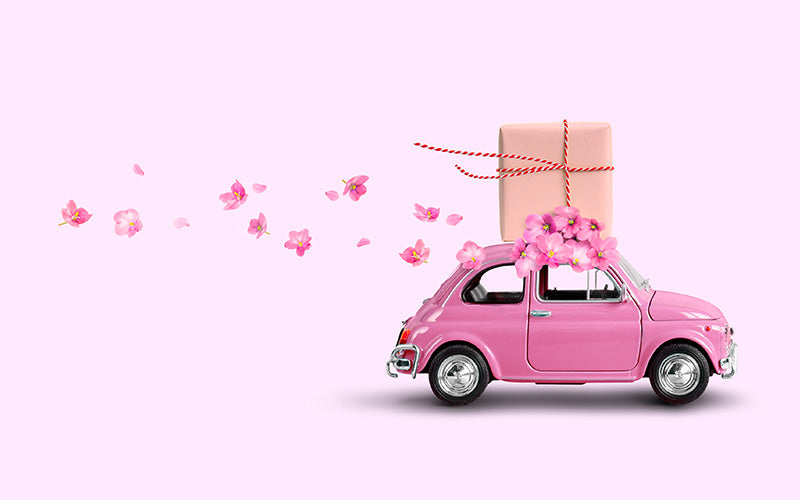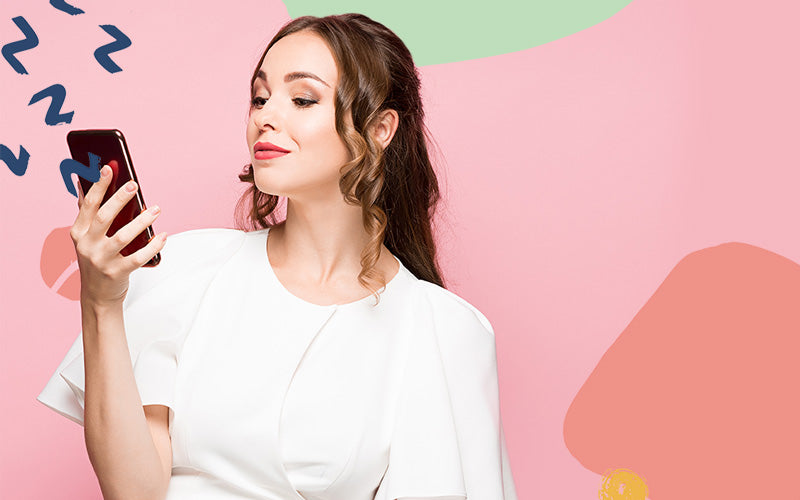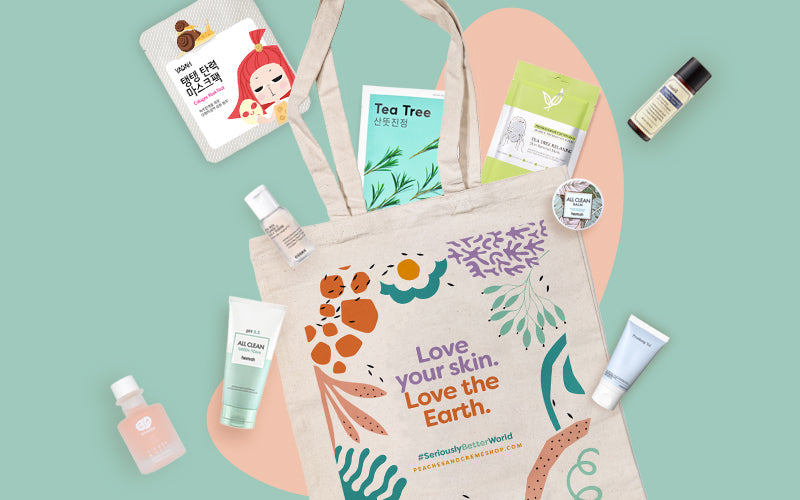ACNE SERIES 1: What is Acne?
This month, we will talk all about acne.
Acne is more than just a skin disorder and it affects more than just our skin – it affects us psychosocially, that is, psychologically and socially. People who suffer from acne may suffer from poor body image, low self-esteem and experience social isolation and constriction of activities. As part of the emotional impact, increased levels of anxiety, anger, depression, and frustration are also observed in people with acne.
The first thing we need to do is understand the basics - to understand what we are dealing with.
What is ACNE?
ACNE is one of the worst and most common skin problems globally. It is the inflammation of the sebaceous gland and/or hair follicle, and the skin around it. No matter the type of acne, the bottom line is it is a clogged pore resulting in inflammation. It is a result of a combination of too much sebum and bacteria.
Over-proliferation of a specific bacteria, Propionibacterium, (a.k.a. bacteria P. Acnes, also known as Cutibacterium) within the pores triggers inflammation. The bacteria “feeds” on sebum, causing further inflammation and backing up the pore lining. This causes an accumulation of dead skin cells on the skin’s surface and inside the pore, preventing sebum from being secreted freely from the skin, causing clogged pores. Combine this with irritation caused by skincare products or sunlight and you have the perfect conditions for inflammation that leads to acne spots.
Different types of Acne
Here are the most common types of breakouts that teens and adults tend to get:
 Source: https://ellemesmedspa.com/different-types-of-acne/
Source: https://ellemesmedspa.com/different-types-of-acne/
1. Non-inflammatory acne or comedones
Not all clogged pores lead to an inflamed or red spot on the skin. Comedones are the non-infected type (or the initial stages) of spots. The dead skin cells and oil simply can’t get out of the little pore. They commonly show up in oily prone areas of the skin such as the T-zone, but can occur anywhere.
Whiteheads or closed comedones
These occur when trapped skin cells and oil cannot escape because the top of the pore is closed, therefore appearing on the skin’s surface as small, white spots under the skin and the dot itself (but not the skin around it) can be slightly raised as it tries to push its way out. They occur most often on the forehead, cheeks, and under eye area.
Blackheads or open comedones
These occur when the clogged pore has an opening at the top, oxygen oxidises the trapped oils or the blockage in the pore opening, resulting in black colouration and appearance.
2. Inflammatory acne
Pustules and Papules
Nodules (or deep pimples)
Cysts
Skin conditions that are commonly mistaken for Acne
Milia
Milia is essentially a hardened buildup of keratin that can’t be popped like a pimple. It can occur spontaneously, and they’re often mistaken for acne because they’re typically found on the face and appear as small white or yellow bumps with a smooth dome shape. Most often, milia resolve on their own or, funny enough, with topical acne medications that exfoliate the skin, but they can persist for many, many months.
Fungal Acne
These are small, uniform (and at times itchy) bumps that spread across a central area, like your forehead, jaw, hairline, chest, and back. This condition is tricky because there is a lot of overlap between ordinary acne (acne vulgaris) and acne made worse by fungus. Fungal acne, (or malassezia folliculitis) is caused by pityrosporum, a naturally occurring fungus that lives on our skin. The yeast of the fungus can grow in pores in moist environments through exposing your skin to sweat and friction, potentially pore-clogging ingredients, or humidity. To help avoid fungal acne, rinse off any time you break a serious sweat and check your products for potentially pore-clogging ingredients. To treat it, use a product with zinc pyrithione, which has antimicrobial properties that help to stop the growth of acne-causing fungus and bacteria.
As you can see, all types of acne have one thing in common: a clogged pore. In the end, we need to avoid and prevent our pores from clogging. Sounds simple, but it is easier said than done.
What causes acne?
- Excess sebum
Our sebaceous glands sometimes can go into overdrive and produce too much oil, which can result in clogged pores, and eventually, breakouts.
- Hormones
Our sebaceous glands become triggered mainly by hormones. Androgens drive acne which also tend to promote more oily skin. Androgen levels tend to rise in adolescence and, especially in women, early adulthood.
- Dead skin cells
Dead skin cells can contribute to clogged pores, and when they mix with too much oil, bacteria called Cutibacterium acnes forms within the pore, causing breakouts.
- Diet
While highly disputed as an official cause, many believe that what they eat has a direct impact on the condition of their skin. A high glycemic index diet is thought to be related to acne. These types of foods such as starches, sugars, and dairy, cause large increases in blood sugar levels, which leads to the release of hormones that may promote acne formation.
- Poor habits
Not showering after working out and not washing your face in the evening can also result in breakouts. Nicotine, from smoking cigarettes and vaping, could also be linked to acne, so add breakouts to the long list of reasons why you should kick the habit.
- Stress
Because stress can cause hormone surges that lead to breakouts, it's important to identify the source of it in your life and manage your stress levels. Some ways to de-stress are to practice self-care and breathing exercises, and, in some cases, seeking a professional counselor.
Lifestyle and diet choices are important to regulate oil production to reduce the risk of inflammation, thereby lowering the chances of getting clogged pores which then may lead to pimples. But you can also prevent acne by keeping your pores clear through regular gentle exfoliation (but do not overdo it!), keeping a healthy moisture barrier and most importantly, not picking or squeezing them!
Stay tuned for the next post in the acne series for how to treat and prevent acne!









Leave a comment